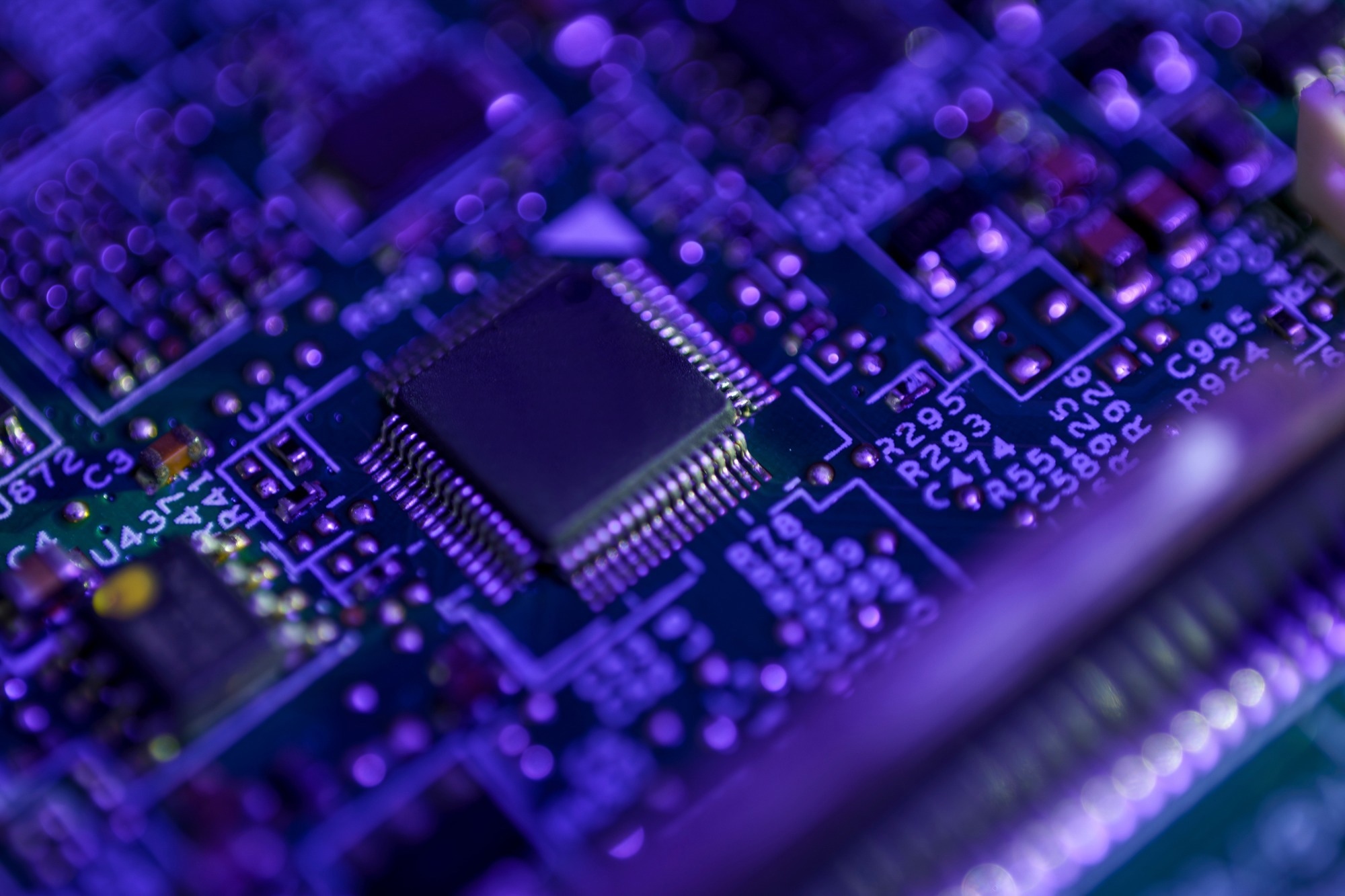Researchers at UC Santa Barbara have discovered that electron-phonon interactions - typically a source of resistance - can actually enhance electrical conductivity in two-dimensional semiconductors by enabling hydrodynamic energy flow.

Image Credit: Arman_Hasyim/Shutterstock.com
What’s long been seen as a hindrance to electrical conduction in semiconductors may actually be an asset, at least in two-dimensional materials.
The research team found that in atomically thin semiconductors, these interactions can conserve momentum and energy when electrons and phonons are treated as a single system. Their findings, published in Physical Review Letters, point to new design possibilities for efficient 2D electronic devices.
“This is in sharp contrast to three-dimensional systems where you have a lot of momentum loss processes,” said Liao, who specializes in thermal and energy science.
Diffusion and Hydrodynamic Flow
At the heart of the study are two key modes of energy transport: diffusion and hydrodynamic flow. Diffusion describes particles moving randomly under a gradient, like smoke spreading through air. Hydrodynamic flow, by contrast, is more orderly, with particles moving collectively, like water through a pipe.
“These are two very different physical processes,” Liao said.
In hydrodynamic flow, energy is transported more efficiently than through diffusion because the total momentum of particles is conserved during collisions. Although particles may collide, they exchange momentum and continue moving collectively.
“But when we think of heat conduction in material, it is not carried by ‘real’ particles,” Liao continued.
Instead, it’s handled by phonons - quasiparticles that represent the collective vibrations of atoms in a material. Phonons tend to diffuse through materials via microscopic collisions that typically don’t conserve momentum, making this process relatively inefficient for transporting energy.
These phonon-electron interactions are what cause electrons to slow down or lose momentum, which is also why conductors have lower electrical resistance at lower temperatures: less thermal energy means fewer disruptive collisions.
However, Liao and Quan point out that the physics in two dimensions works differently.
They have some unusual properties. For example, in these materials, such as graphene, when the phonons scatter with each other, it is known that their momentum is largely conserved. This is due to the different dimensionality that imposes some constraint on how they can interact with each other.
Bolin Liao, Mechanical Engineer, University of California, Santa Barbara
In simulations of 2D semiconductors with strong electron-phonon interactions, the researchers found that when charge and heat carriers are treated as a unified system, their interactions give rise to a collective hydrodynamic flow.
“They start to move together like molecules in a fluid flow. They drift together with the same velocity, like fluid flow through a pipe,” Liao said.
This process, so-called “coupled electron-phonon hydrodynamics,” reflects how this combined system flows like a classical liquid. In this process, Liao said, fluid flow, heat diffusion, and even electric conduction “can become very similar.”
We can show that if you take into account this hydrodynamic behavior, the charge transport on two-dimensional material can be very efficient, much more efficient than people would expect from just looking at how frequently they collide with the heat carriers.
Bolin Liao, Mechanical Engineer, University of California, Santa Barbara
These findings carry important implications for the design of 2D semiconductors, particularly in the pursuit of efficient electrical conductivity at room temperature. While one traditional approach to improving efficiency is lowering the temperature to reduce collisions, Liao offers an alternative.
Our new idea here is instead of trying to reduce how often they collide, we can just engineer the material to make sure most of the collision processes are momentum-conserving.
Bolin Liao, Mechanical Engineer, University of California, Santa Barbara
In this scenario, even if charge carriers lose some momentum through collisions with heat particles, conserving the system’s overall momentum still leads to low energy dissipation and highly efficient transport.
To demonstrate their concept, the researchers studied atomically thin molybdenum disulfide (MoS₂), showing that charge mobility improved by nearly sevenfold when hydrodynamic behavior was taken into account.
“That is a very significant enhancement,” Liao said.
Rather than relying on ultra-low temperatures, leveraging a material’s capacity to support hydrodynamic electron-phonon interactions “can be very promising for microelectronic applications.”
This research is supported by the Air Force Office of Scientific Research under the program led by Ali Sayir.
Journal Reference:
Quan, Y., et al. (2025) Coupled Electron-Phonon Hydrodynamics in Two-Dimensional Semiconductors. Physical Review Letters. doi.org/10.1103/physrevlett.134.226301.